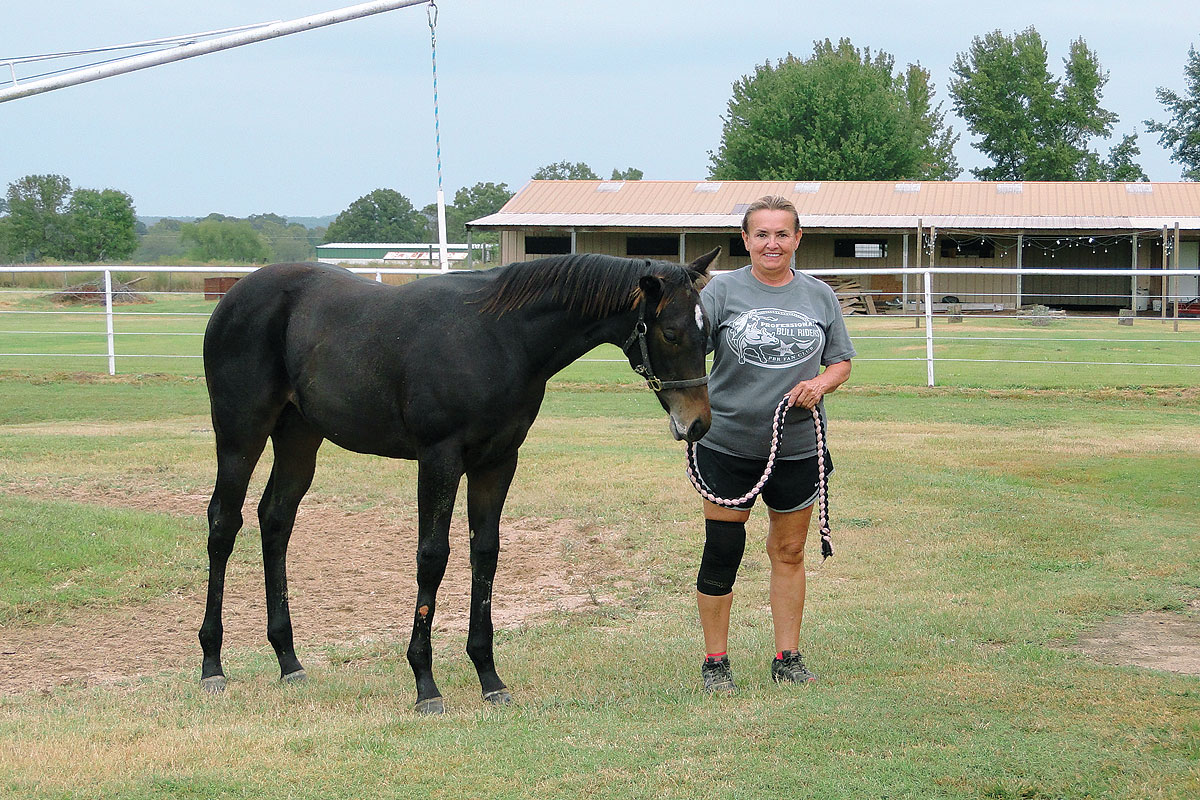
Mark and Jerri Weathers may never have met if Jerri’s dad hadn’t gone elk hunting in Colorado so that Jerri accompanied her mom to a poultry grower’s dinner. Now the Weathers family raises Cornish and egg laying hens for Tyson as well as a small commercial cattle herd on 70 acres in Gentry, Ark. Though both Mark and Jerri came from poultry families, they had to start their own farm from scratch. Mark said, “First-time farmers have a hard time getting started. People have to be able to look you in the eye and see you are worth the risk. Rex and Shirley Harper provided that opportunity for us and now we are trying to do the same for a family that works for us.”
Mark is a broiler manager for Tyson while Jerri had a home business. When the opportunity came to add egg laying to their Cornish business, Jerri willingly closed shop. She smiled and said, “Picking up dead chickens was not my life goal, but farming allowed me to stay home and go to all of my kids’ events.” Then Mark added, “When the egg facility came along and could be self-supporting, we decided to make the investment to provide us more financial flexibility and security.”
Mark believes the biggest challenge in poultry farming is maintaining a sense of immediacy because constant adjustments are essential for maximizing growth potential. He explained that chickens will always grow but watching for and making small adjustments takes more time and energy than physically working with the birds.
The poultry industry has changed significantly since Mark began, with the biggest change in the last 20 years being in genetics. Previously chickens needed 8 weeks to mature on a 1,400 calorie per day diet but now they mature 10 days earlier with the same calorie intake, critical in days of high feed prices. Feed conversion is, therefore, at the top of the list in genetic development. In addition, today’s chickens have more white meat, which Americans prefer. Twenty years ago chickens carried 17 percent in breast meat but now carry 23 percent. The genetic challenge is to maintain an adequate skeletal structure for the added breast meat weight. Another issue has been ensuring that roosters and hens in laying houses are at the same sexual maturity level. If not, hens can be lost to more sexually mature and aggressive roosters. Since maturation is determined by feed intake and light exposure, the solution is known and needs to be uniformly implemented.
A long-standing issue in chicken houses is pest control and disease prevention. In this regard, companies like Tyson provide a matrix of rice hulls mixed with tiny wasp eggs which is sprinkled underneath slats in the laying houses. It comes in contact with the litter which is where the flies lay eggs. Those eggs are the food source for the wasps. However, because wasps are sterile, the houses need to be treated twice a month to maintain an effective level of control. Some people also use cats to help support rodent bait stations and change to a new, young, healthy cat each time flocks change. Laying house flocks are changed every 40 to 45 weeks.
Mark also discussed the poultry industry from the field technician’s standpoint. He said that statistical analysis among farms is useful, but because there are some variables, the field technician’s job is to analyze each farm’s unique conditions and subsequently offer growers advice on how to maximize production. He also said that the future of the industry is in globalization with areas like India and China needing to develop commercial operations to help meet the needs of their populations, something Tyson is actively pursuing.
In the next 10 years Mark is looking forward to increasing the size of his cattle herd. Meanwhile, he and his family love and deeply appreciate the lifestyle farming provides. Olivia, a 15-year-old daughter, said, “I really love it out here because there’s more room to be free. You can scream and no one cares.” Audra, the younger 13-year-old daughter, said, “I really like being able to hunt, but perhaps most of all we love our small church. It has about 80 people who support each other. After all religion really is a relationship with God and other Christians.”







